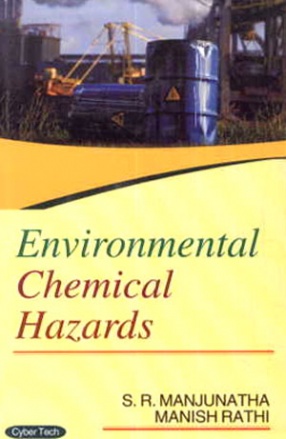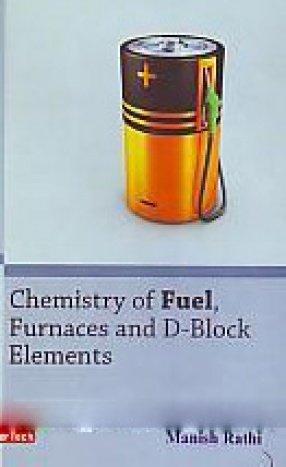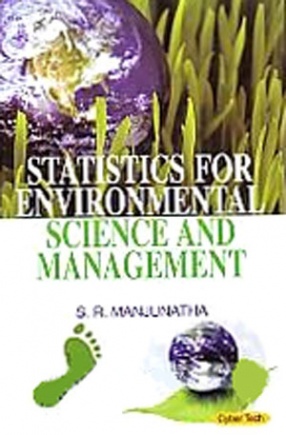Many are resistant to natural degradation processes, so they gradually accumulate in the environment and are distributed across the globe on currents of wind and water. As a result, a cocktail of hundreds or thousands of manmade chemicals can now be found absolutely anywhere on the planet, from the deep oceans to the North Pole, from the Mississippi River to our own bloodstreams.
The result is a dizzying array of environmental problems that have filled the news since the 1960s: DDT and the decline of bald eagles; toxic waste at love canal; cancer among Vietnam veterans exposed to agent orange; chlorofluorocarbons and the ozone hole; PCBs in polar bear tissue; herbicides in groundwater throughout the Midwest; dioxin in fish downstream from pulp and paper mills. For many people, the hazards seem overwhelming in number, complexity and the technical expertise necessary to understand them. Solutions seem even less accessible; he apparently sophisticated environmental laws of industrialized countries, with their Byzantine and costly regulations, have failed to halt the tide of contamination.








There are no reviews yet.